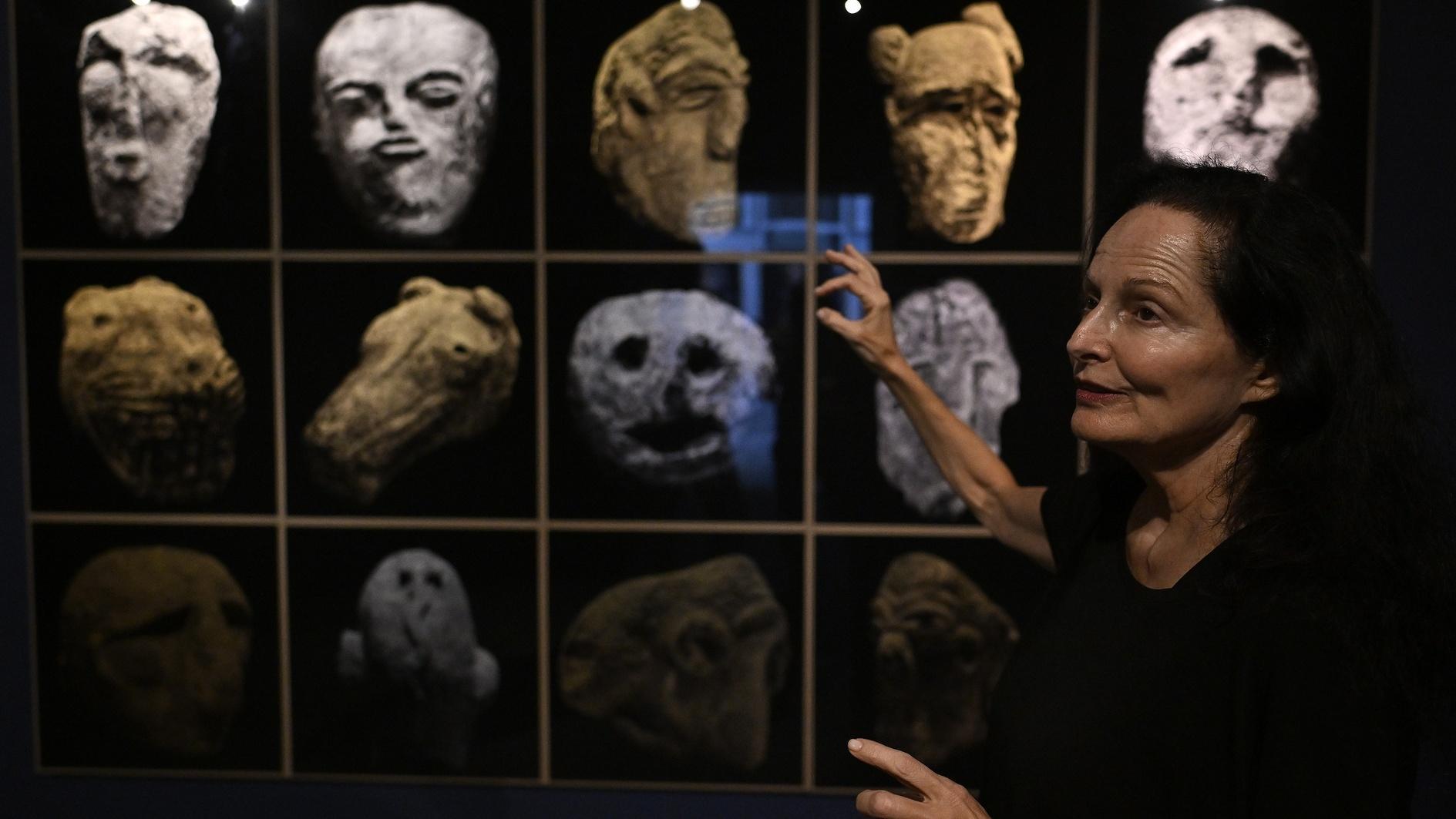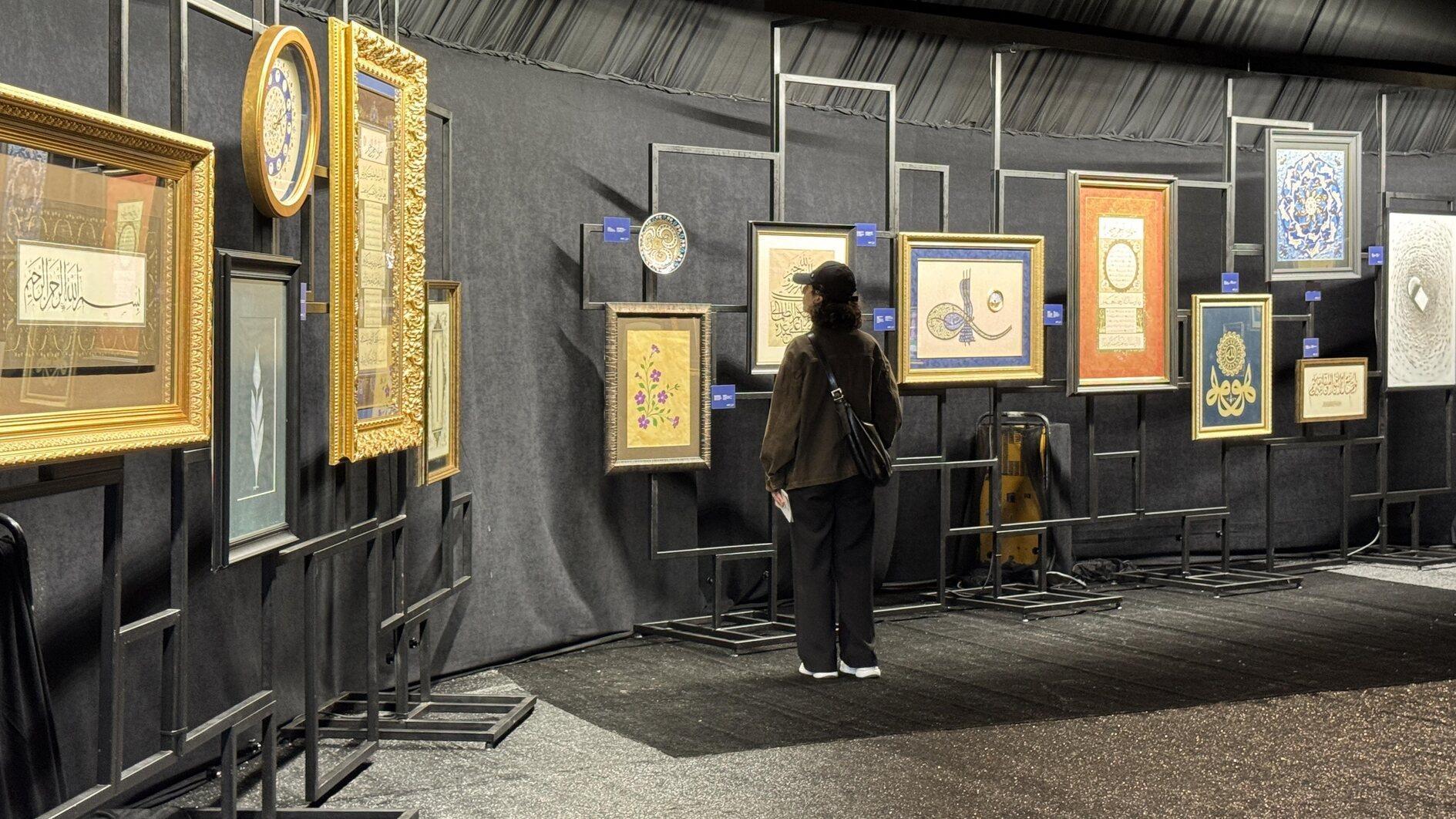Göbeklitepe photos on display at Madrid exhibition
MADRID

Spanish photographer Isabel Muñoz, who captured the stone structures of Göbeklitepe and its surroundings — an archaeological and anthropological site that reshaped human history — will bring Spanish people closer to the cradle of civilization with an exhibition in Madrid.
Supported by the Turkish Culture and Tourism Ministry and the Turkish Embassy in Madrid, Muñoz's Göbeklitepe photo exhibition, titled “A New History,” will open on Oct. 12 at the National Museum of Anthropology in the Spanish capital Madrid.
Speaking to Anadolu Agency during preparations for the exhibition, Muñoz said, “Above all, Göbeklitepe is a discovery for humanity. It is the cradle of civilization and that’s why I refer to it as the 'Year Zero of Civilization.' Perhaps we still don’t fully see its significance, but it is something extraordinary. It is the place where all human designs originated.”
Muñoz, who described Karahantepe as the place that affected her more deeply than Göbeklitepe, said that she worked there with very special and powerful emotions.
“The 'Year Zero of Civilization' is in Türkiye. We are talking about 9,600 years before Christ. This is a beginning. The emotions I felt while photographing these sites, the excitement I experienced and to convey my feelings through my photographs were extraordinary,” she said.
Göbeklitepe changed history of Spanish bullfighting
Muñoz stated that Spain is also rich in terms of Neolithic sites and historical remains, but emphasized that Türkiye has a very different position. She highlighted that with the discoveries of the structures around Göbeklitepe, certain knowledge previously accepted in Spain, as well as in the world, will have to be reconsidered.
Muñoz said, "Spain and Türkiye have many common features and bullfighting is one of them. But the bull and shaman figures at Göbeklitepe are evidence that the first bullfight was made there. I showed this to my matador friend, at first, he was surprised, but then he agreed. As Spaniards, we thought throughout our lives that bullfighting came from the Hellenistic period due to our culture, but with Göbeklitepe and Karahantepe, we saw that it existed in Türkiye 5,000 years ago.”
“I believe that Göbeklitepe and its surroundings are the greatest discovery in the world of archaeology," said the artist, adding that when she looked at the animal and human figures in the stone structures, she remembered the famous Spanish painter and sculptor Pablo Picasso and one of his most important works, the painting "Guernica."
"If Picasso had been alive and seen Göbeklitepe, he would have probably died of admiration. The figures in Göbeklitepe are Picasso paintings," Muñoz said.
‘I felt that those stones were alive’
Noting that she went to the region seven times to photograph Göbeklitepe and its surroundings, Muñoz said: "It was a project that made me feel very privileged. Especially the work I did at night was extraordinary. There were moments when I felt that those stones were alive, talking, moving with the light of the night. It was as if the stone structures were playing with light and shadow, talking and laughing. At night, I felt much closer to the people who lived at that time. This is what I tried to convey with the photographs."
The Spanish artist, who stated that she put a handful of soil she took from the Göbeklitepe area into the frames in which the photographs are exhibited, emphasized, “Türkiye should be here.”
Muñoz, who used a technique she specifically developed and named “Tepetype” by printing on Turkish soil, said, “I would like to thank Göbeklitepe excavation director Professor Necmi Karul and all the authorities for giving me the opportunity to freely convey the atmosphere of the site through my art.”
The exhibition, which will take Göbeklitepe abroad for the first time with over 100 photographs, will also introduce the life-size limestone wild boar statue discovered in September 2023 to art lovers. It will run through January.
















